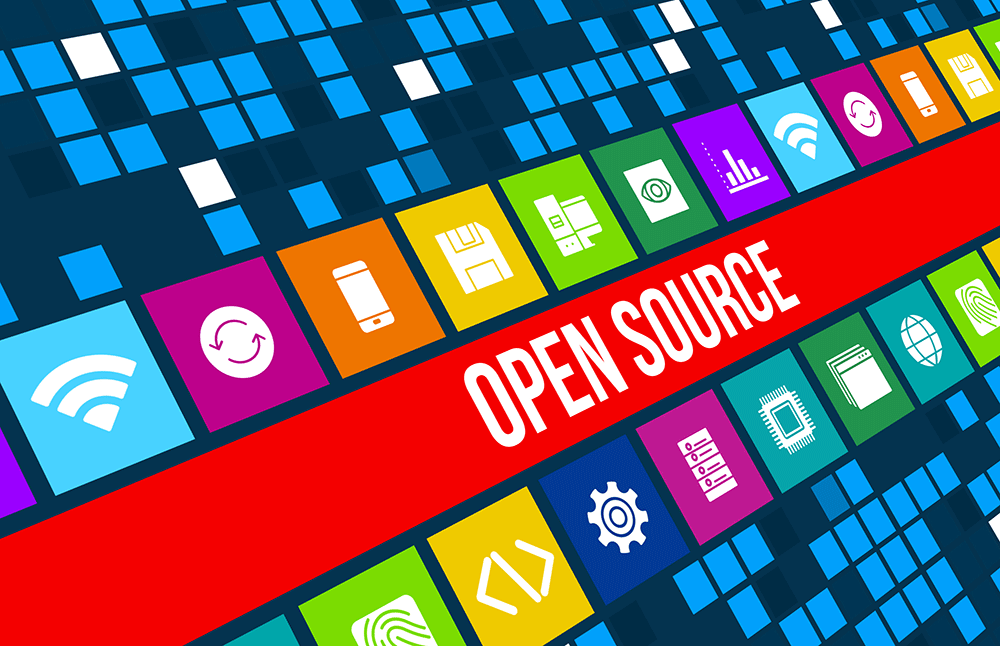As with any technological development, views towards open-source have evolved.
Muggie van Staden, MD of Obsidian Systems, says that businesses need to be flexible to remain relevant and competitive.
Most organisations across industry sectors have already adopted some form of open-source mentality. Whether that derives from focusing on open source technologies, or implementing new solutions that integrate more effectively, strictly proprietary methodologies are all but extinct.
At the same time, one must avoid the temptation of simplifying the discussion as something that revolves around exclusively using either one approach or another.
It is no longer the case that companies only have proprietary systems or open-source ones. Rather, businesses try to extract the most value out of legacy systems while running open implementations in parallel to become more flexible to the changing competitive landscape.
Sourcing open
From a vendor perspective, many partners have begun sourcing open (instead of being open source) and providing copies of their source code for customers to look at. This code is not necessarily developed in an open source community fashion, but instead, entails giving insights into the integration capabilities that the offerings provide.
In many respects, this is a good way to develop software – one that takes cognisance of the requirements of a specific customer who then sees the solution being customised accordingly from the in-house development team. While not many companies are approaching it in this way, this open methodology (think about the relationship between the customer, vendor, and partners) will continue to gain significant momentum in the future.
These more open solutions are cross-platform, talk to multiple operating systems and work across the plethora of available hardware configurations.
Open standards
Fundamentally, this depends on an open standards-centric way of development and problem-solving. Certainly, this has become more important than using solutions or thought-processes that are purely open source.
Open solutions empower teams to get the right code to the right computer using the right data. In the current IT environment, this is what everybody is trying to achieve, whether they are a bank, a retailer, or a mine. Organisations, irrespective of size, location, or industry, have all become software companies that are data-driven.
It is in this data-first landscape where open solutions start coming into their own. Solution providers must listen to their customers, understand their business needs and connect them to the right vendor specific to that function whether it is hardware, software, or cloud-based. It is all focused on building a specific customer solution. Data is the glue that ties this together.
Being open today and being open a decade ago mean totally different things. In an environment that is digital-centric, going the open solutions route will be the way to go should you want to remain relevant and competitive.


